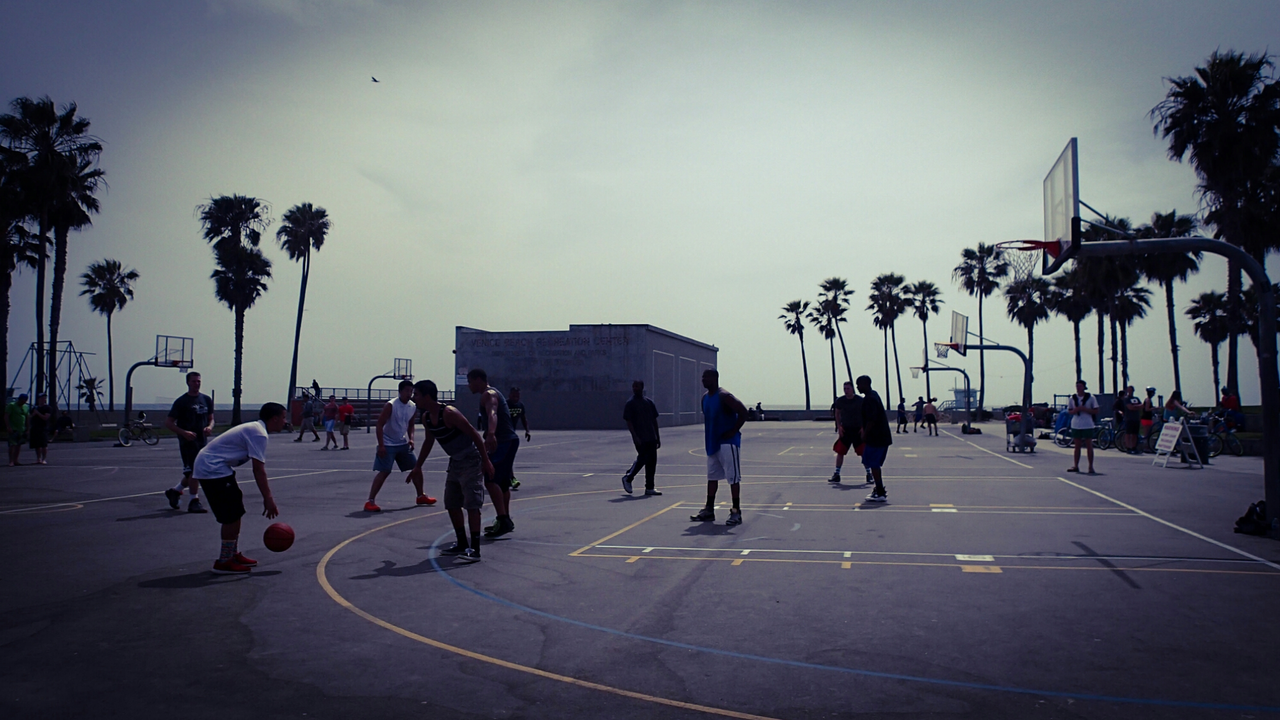Play: The Heartbeat of Sports and Games
When you hear the word play, the act of engaging in a physical or mental activity for enjoyment, competition, or skill development. Also known as recreation, it fuels everything from backyard matches to world‑class tournaments. It’s the basic building block that turns a simple kick‑ball session into a league‑winning strategy.
In the world of sports, organized competitive activities that test strength, speed, and strategy, play translates into structured matches, season schedules, and championship races. Whether it’s Coventry City plotting a comeback at Hillsborough or a cricket side chasing a quick run‑chase in the Asia Cup, the underlying play connects every move. Play encompasses sports, it requires teamwork and tactics, and it thrives on clear rules.
Beyond formal competitions, games, informal or recreational activities that blend fun with skill give people a low‑pressure way to practice the same motions they’ll use on bigger stages. A quick pickup football game in a park, a backyard cricket bat‑and‑ball drill, or a digital sports simulation on a console—all are forms of play that keep skills sharp and fans engaged. Games act as a sandbox where new strategies are tried before they hit the professional arena.
Every athlete, an individual who trains and competes at a high level in a sport relies on play to hone reflexes, build confidence, and test limits. From a rookie learning the ropes of college football schedules to a veteran like Rob Gronkowski weighing retirement, play is the constant thread that ties training sessions to match day performances. It also shapes personal stories—think of Ruth Kedar designing a playful logo that becomes a tech icon, or a deputy prime minister stepping away after a tax misstep—showing how play can extend into career choices and public perception.
Competition, the driving force behind most organized play, influences how rules evolve, how fans react, and how revenue streams grow. When the NFL debates an 18‑game regular season, it isn’t just about more games; it’s about how the competitive balance, player health, and fan interest intertwine. Similarly, the push to stream Fox Sports on Roku reflects how technological competition reshapes access to play for millions of viewers. These shifts show that competition doesn’t just sit on the sidelines—it reshapes the very nature of play.
What ties all these pieces together is the simple idea that play is both a personal experience and a social contract. It creates community bonds in a stadium, sparks debate on a forum, and even fuels economic decisions behind ticket pricing and broadcasting rights. Our collection below captures that breadth: match previews like Coventry City vs. Sheffield Wednesday, tournament highlights from the Asia Cup, deep dives into college football scheduling, and even the tech side of sports branding.
Readers will find analyses that break down current trends—such as the NFL’s season length debate—and timeless fundamentals, like why every athlete needs regular play to stay sharp. You’ll also see quirky angles, from the gender‑specific sports conversation to the role of streaming platforms in delivering play to homes. The mix reflects the full spectrum of how play touches every corner of the sports world.
What you’ll discover in this collection
Below, you’ll explore articles that blend on‑field action with off‑field context, giving you a 360‑degree view of play. From tactical breakdowns and schedule quirks to branding stories and policy debates, each piece adds a layer to the bigger picture. Dive in and see how play shapes athletes, fuels competition, and keeps fans coming back for more.
